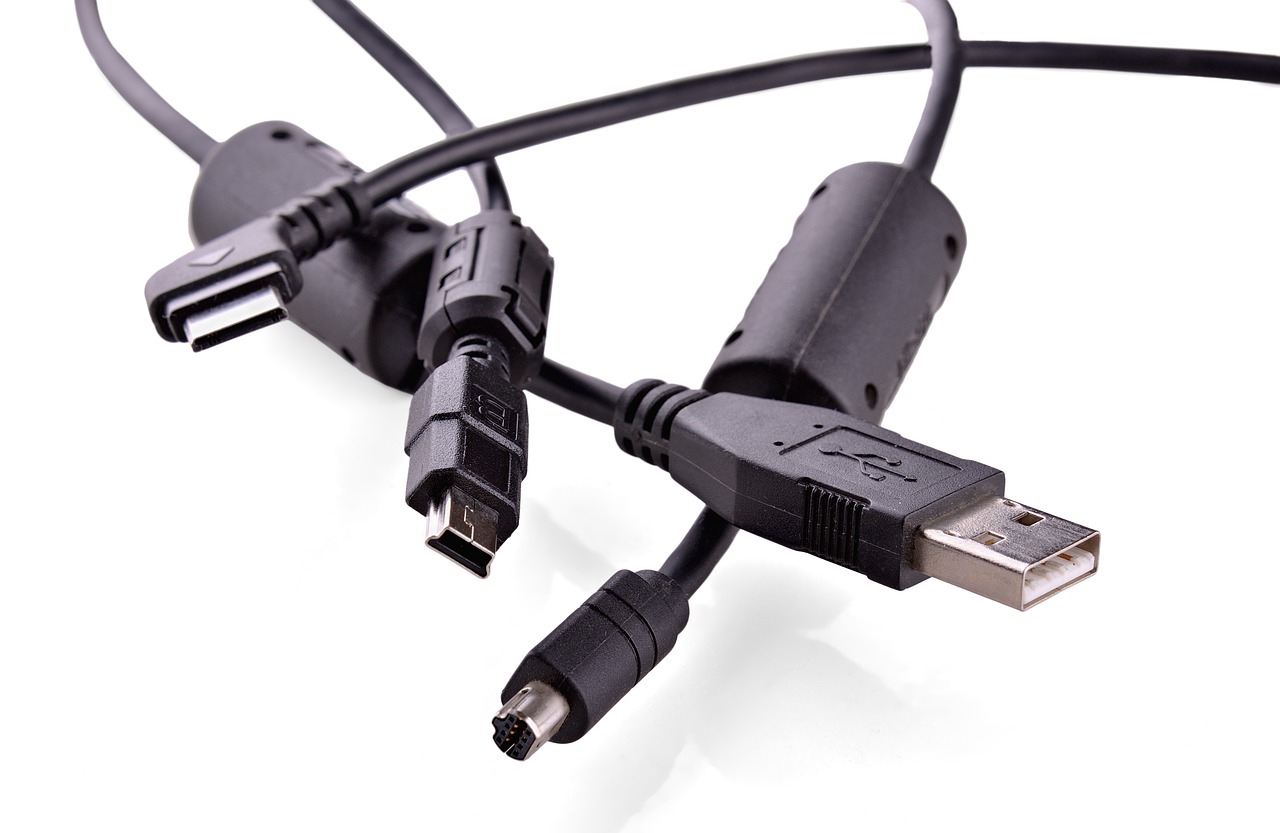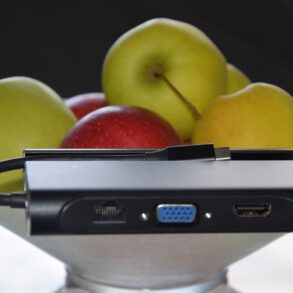All of us know a house’s weak or dead Wi-Fi spots, and it’s frustrating when these are where you need a strong Wi-Fi signal most. Wi-Fi black spots are most often caused by distance from the wireless router (wireless signals weaken with range), thick stone walls, and interference.
If the Wi-Fi in your house is pretty flaky you might want to consider a Wi-Fi range extender to push your signal that extra bit further. Alternatively, you can add Powerline adapters that use your home’s electrical wiring to create a speedy home network with added new Wi-Fi hotspots.
Here’s some tips and tricks and inexpensive gadgets that will help improve your wireless signal.
Update your wireless router
If your house suffers from weak Wi-Fi, the first step to consider is upgrading your wireless router.
The oldest to newest Wi-Fi standard are: 802.11b, 802.11g, 802.11n, and 802.11ac. If you have an older wireless “b” or “g” router you should consider replacing it with a newer wireless “n” or “ac” device that offers longer ranges and faster connection speeds.
Why not be cheeky and ask your ISP to send you an updated wireless router? If you’ve been a customer for a while it should help you out, but watch out if it asks you to sign up for a longer term, unless you’re happy with its service.
Though these newer routers may not significantly increase the range of your wireless network, you should at least get better speeds at longer distances. Check out the in our round up.
You wont get the maximum range and performance from the newer wireless router unless your computers, smartphone or tablets also use the same Wi-Fi standard. An old laptop is unlikely to boast “ac” or “n” Wi-Fi. Check the specs to see which wireless standard it is using.
Rather than buy a new laptop or desktop PC or Mac you can buy a wireless adapter – from as little as £25 – that plugs into a USB port. You can also add a new wireless adapter inside a desktop PC’s case or via a PC Card slot, but good luck trying that with a Mac! Check out our round up of the .




